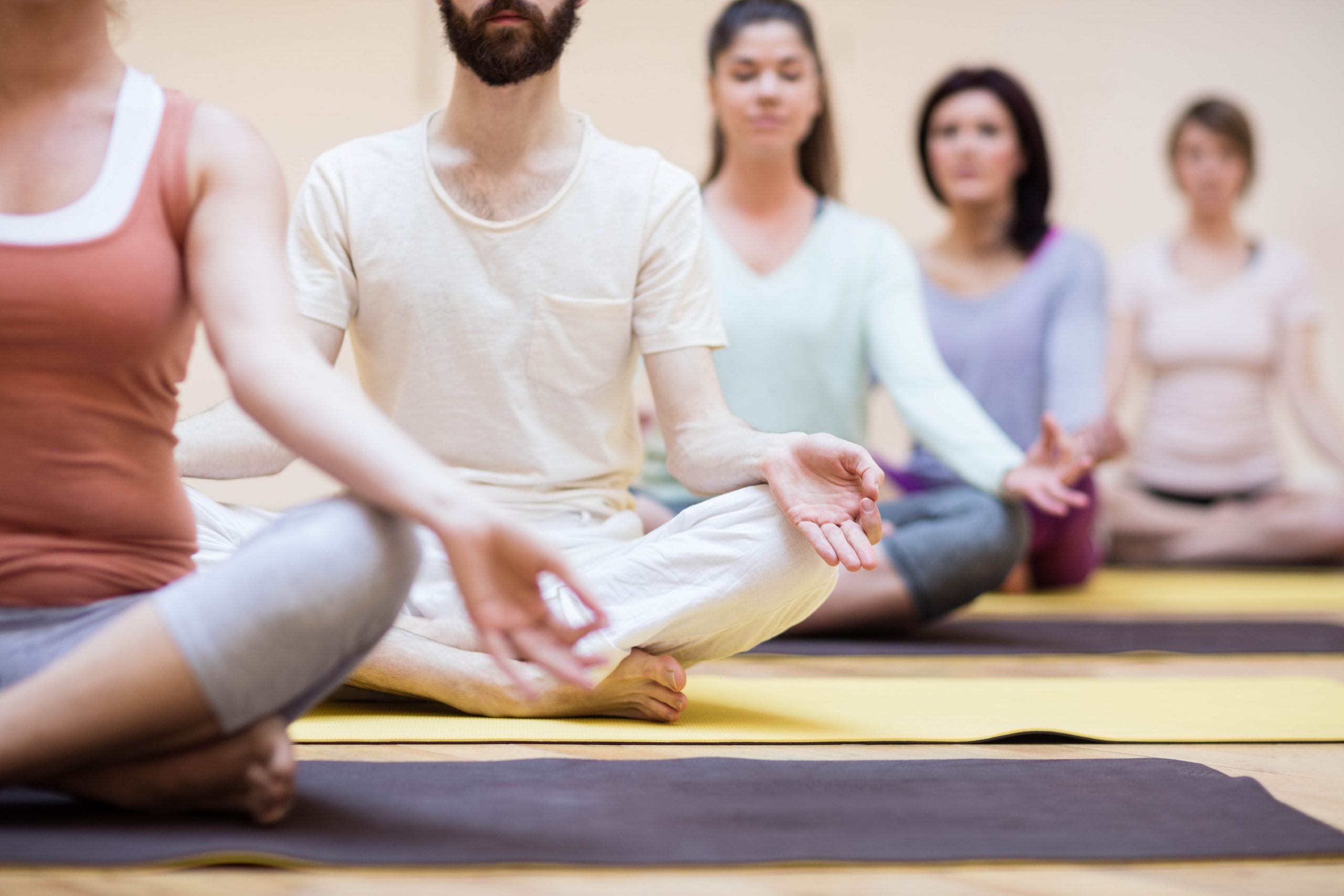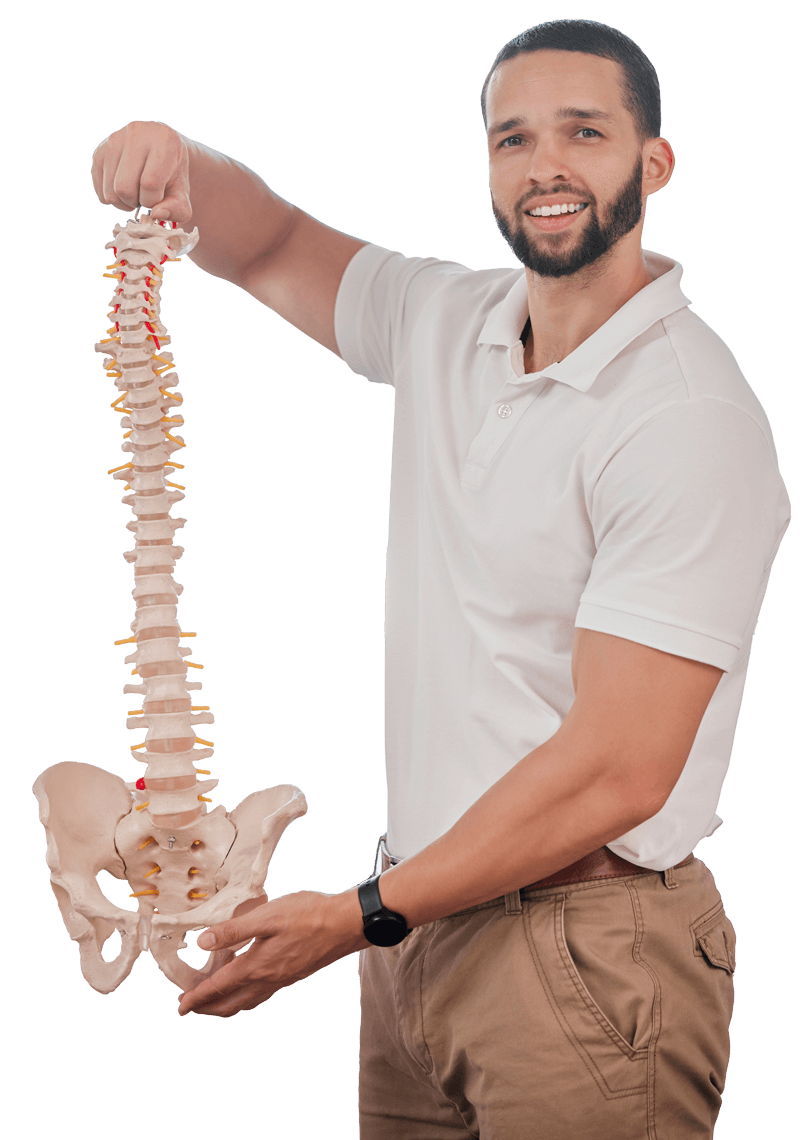In essence of tradition, once we attach the word ‘yoga’ to anything, it specifies that it is a complete path by itself.
Introduction
The word “yoga” principally means, “that which brings you to reality”. Literally, it refers to ‘union.’ Yoga implies to move towards a pragmatic reality where one knows the definitive nature of the existence, the way it is made.
Modern yoga and Physiotherapy both go hand in hand. It throws light on exercising, strength, flexibility, and breathing. It can help boost physical and mental well-being. There are a variety of styles of yoga. These are so authentic individually that none stands superior to another. The key is to opt for one that appropriately benefits your fitness level.
Types of Yoga
- Ashtanga Yoga: This type involves ancient yoga teachings. However, it became popular during the 1970s. Ashtanga applies six established sequences of postures that rapidly link every movement to breathe.
- Bikram Yoga: Also known as ‘hot’ yoga, it is practiced in artificially heated rooms at temperatures of nearly 105 degrees and 40 percent humidity. It consists of 26 poses and a sequence of two breathing exercises.
- Hatha Yoga: This is a generic term for any type of yoga that teaches physical postures. ‘Hatha’ serves as a gentle introduction to the basic yoga postures.
- Iyengar Yoga: It focuses on finding the correct alignment in each pose using a range of props, such as blocks, blankets, straps, chairs, and bolsters.
- Jivamukti Yoga: Jivamukti means ‘liberation while living.’ It primarily incorporates spiritual teachings and practices that focus on the fast-paced flow between poses. All in all, it can be physically intense.
- Kripalu Yoga: This type teaches practitioners to know, accept, and learn from the body. The classes usually begin with breathing exercises and gentle stretches, followed by a series of individual poses and final relaxation.
- Kundalini Yoga: Kundalini means ‘coiled, like a snake.’ This type is a system of meditation that aims to release constrained energy.
A class typically begins with chanting and ends with singing. In between, it features asana, pranayama, and meditation customized to create a specific outcome.
- Power Yoga: In the late 1980s, practitioners developed this active and athletic type of yoga, based on the traditional Ashtanga system.
- Sivananda: It is based on a five-point philosophy that includes proper breathing, relaxation, diet, exercise, and positive thinking. Typically, it uses the same 12 basic asanas, bookended by sun salutations and savasana poses.
- Viniyoga: Viniyoga can adapt to any person, regardless of physical ability.
- Yin: This is a quiet, meditative yoga practice, also called Taoist yoga. Yin yoga allows the release of tension in key joints, including the ankles, knees, hips, the whole back, neck, and shoulders.
- Prenatal Yoga: It uses postures designed for pregnant women. It can support those in getting back into shape after pregnancy as well as supporting health during pregnancy.
- Restorative Yoga: This is a relaxing method of yoga. A person spends a restorative yoga class in four or five simple poses, using props like blankets and bolsters to sink into deep relaxation without exerting any effort in holding the pose.
Benefits of Yoga
Yoga is an impeccable way to improve your flexibility and strength. It’s not just for people who can touch their toes or want to meditate. Each and every one of you can do it!
As mentioned above, some types of yoga are about relaxation. In others, you move more. Most types focus on learning poses, called asanas. They also usually include attention to breathing.
Listed below are a few crucial benefits of Yoga:
- Yoga for Flexibility
Yoga poses work by stretching your muscles. They can help you move better without feeling any stiffness or tiredness.
- Practice a Pose for Strength
Some types such as Ashtanga and power yoga, are very physical. Practicing one of these styles will help you improve muscle tone. But even less vigorous styles of yoga, such as Iyengar or Hatha, can provide strength and endurance benefits.
- Enhanced Posture from Yoga
When you’re stronger and more flexible, your posture improves. Most Yoga poses initiate core strength since you need your core muscles to support and maintain each pose.
Yoga also helps your body awareness. In other words, it helps you notice more quickly if you’re slouching or slumping, so you can adjust your posture.
- Breathing Benefits
Typically, yoga includes concentrating on your breath and that helps you to relax. It may also require specific breathing techniques.
- Less Stress, More Calm
Yoga helps you feel less stressed and more relaxed. Some yoga styles use meditation techniques that help calm the mind. Focusing on your breathing during yoga can do that, too.
- Good for Your Heart
Yoga lowers blood pressure and slows the heart rate. A slower heart rate can benefit people with high blood pressure or heart disease, and those who’ve suffered a stroke. It also reduces cholesterol and triglyceride levels and betters the immune system function.
Conclusion
Yoga is a five-millennia-old practice that has evolved with time. Modern yoga focuses on stretches and poses crafted to kindle inner peace and physical energy.
Ancient yoga was less about fitness and more about mental focus and expanding spiritual energy.
Different types of yoga carry different benefits. A person’s present-day level of physical fitness plays a major role. However, many choose to replace conventional treatment for ailments with yoga. This can prevent a person from receiving the necessary care. People with certain conditions, such as sciatica, should approach yoga slowly and with caution. Yoga can help support a balanced, active lifestyle.


